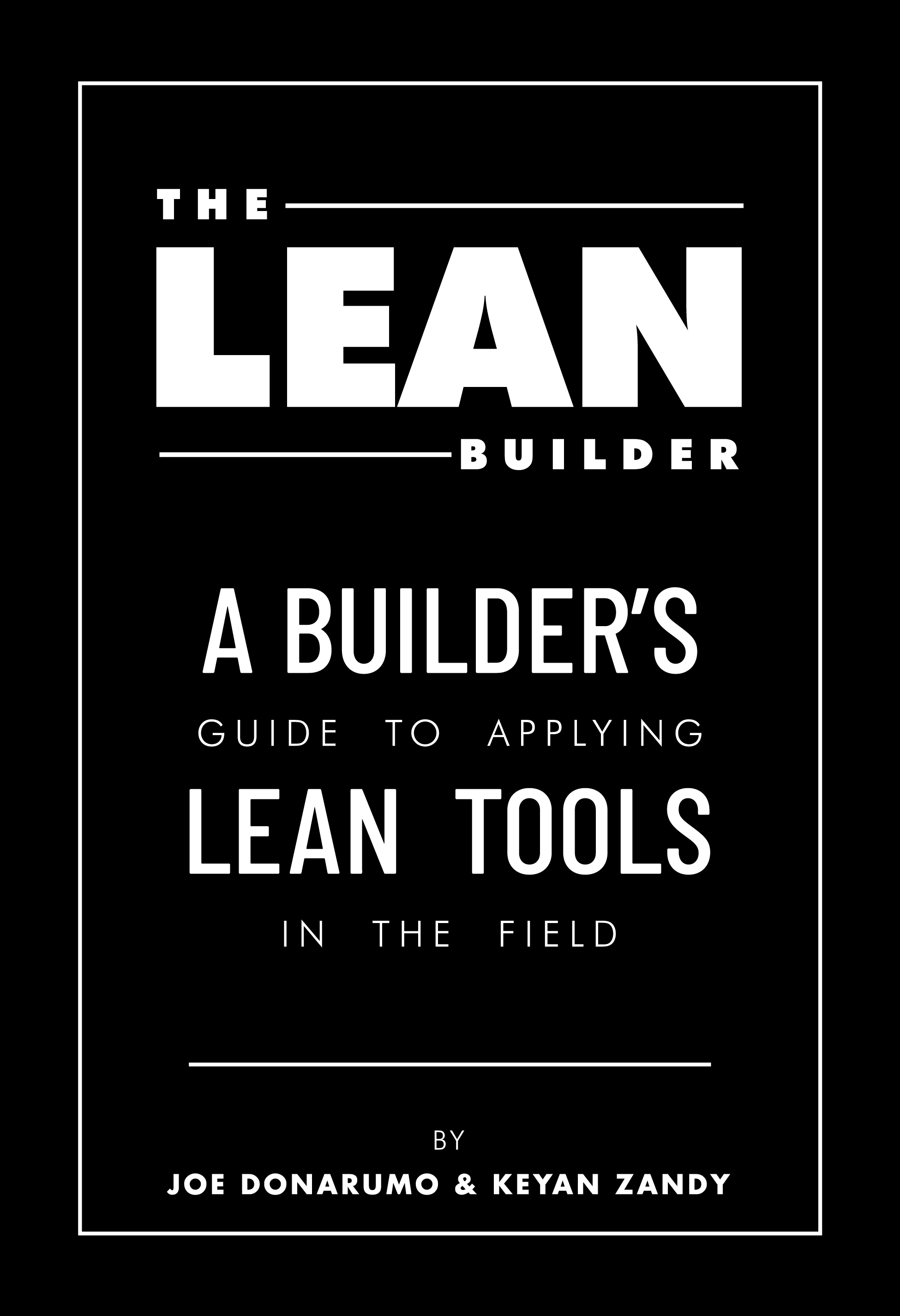Although Europe's second-largest port in Antwerp, Belgium, has more than 1,000 kilometers of railroad tracks, it moves only 8% of its throughput by rail. To help increase train use, the country’s railroad infrastructure manager, Infrabel N.V., has just completed the nation’s longest freight tunnel linking the port’s two halves on either side of the River Scheldt.
The $1.1-billion Liefkenshoek freight tunnel includes roughly 6 km of new 7.3-meter-dia twin bores under the river, bypassing a 20-km route around South Antwerp, says Infrabel’s chief spokesman Frédéric Petit. With TBMs drilling at an average of 15 m a day, "there were no real problems," adds Dirk De Backer, construction manager of TUC Rail N.V., Infrabel’s design and project management firm.
Two 8.4-m-dia Mixshield TBMs, supplied by Germany’s Herrenchnecht A.G. Schwanau, drove the twin bores between February 2010 and July 2011, allowing Infrabel itself to install the track and operating systems as well as fully commission the tunnel over the past few months.
Including cut-and-cover sections, the 16.2-km rail crossing incorporates 1.2 km of the Beveren tunnel under the Waasland canal, on the river’s left bank. The Beveren was built for future railroad use in the 1970s, at same time as the adjacent canal highway tunnel. Abandoned after its completion, the rail tunnel was allowed to fill with ground water till its revival for the Liefkenshoek project, says De Backer.
As well as being Belgium’s longest freight rail tunnel, the Liefkenshoek is the first of its kind in Europe to include foam, rather than water, fire suppressant, says De Backer. In three minutes, the system can fill the 60 m of tunnel around the location of the fire, plus 60-m sections on either side, he adds. Other safety features include 14 escape shafts, plus 13 cross passages between the two bores.
To procure the project, Infrabel for the second time used a public-private partnership. It signed the design, build, finance and maintain contract in November 2008 with the consortium LOCORAIL N.V. Led by Amsterdam-based BAM PPP, LOCORAIL includes Belgium’s CFE and Paris' Vinci Concessions.
Liefkenhoek’s DBFM contract is simpler than the one Infrabel used in 2007 for the short Diabolo tunnel and underground station at the Brussels airport, says Petit.
For the Diabolo job, Infrabel itself procured the financing consortium to which it sold the DBFO concession. In parallel, Infrabel recruited a construction joint venture, which the concessionaire was required to use as its turnkey contractor.
While the Diabolo concessionaire bears some revenue risk, Liefkenhoek’s LOCORAIL has no such responsibility. The LOCORAIL consortium will earn performance-based annual fees—worth around $63 million for 38 years—to cover its investment and maintenance costs over that period.
The Liefkenshoek consortium also set up its own construction joint venture LOCOBOUW, which includes subsidiaries of its shareholding companies. And LOCORAIL itself raised all the $854 million equity and bank debt required to finance its contract, which covers only the civil work and safety systems. Infrabel handled the track and train-operating equipment. Also, Infrabel and the Flanders regional government contributed a total of $360 million toward the overall cost.









